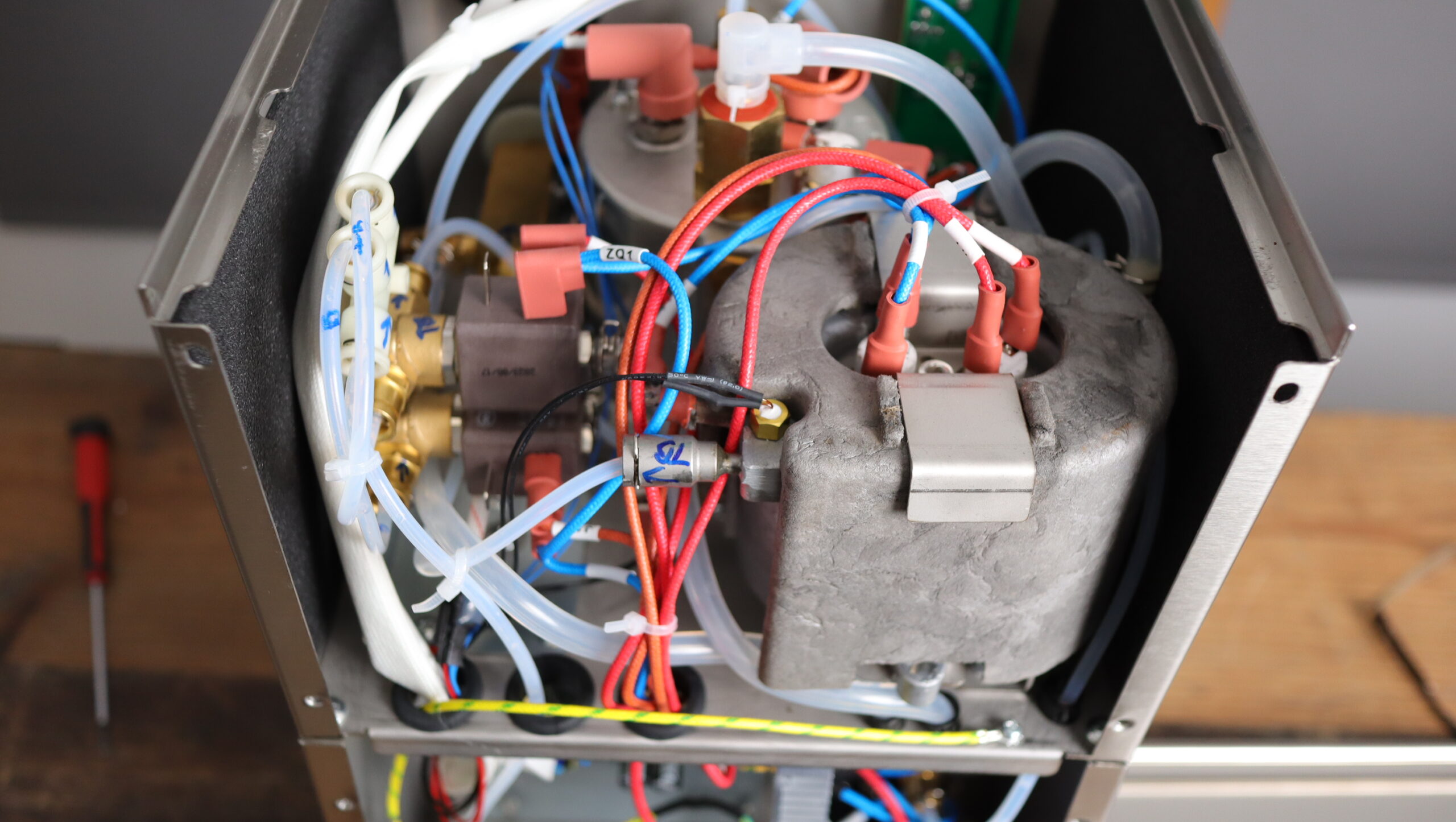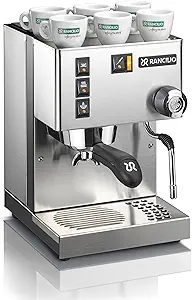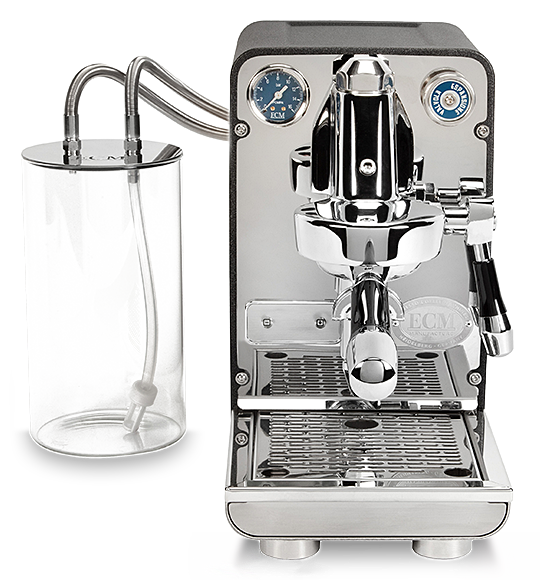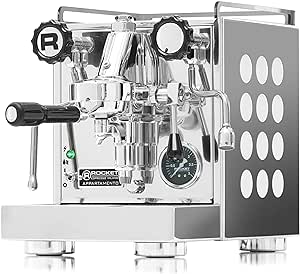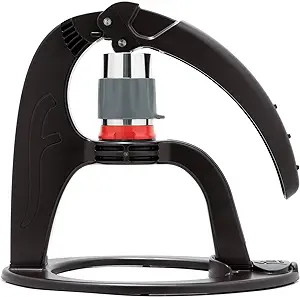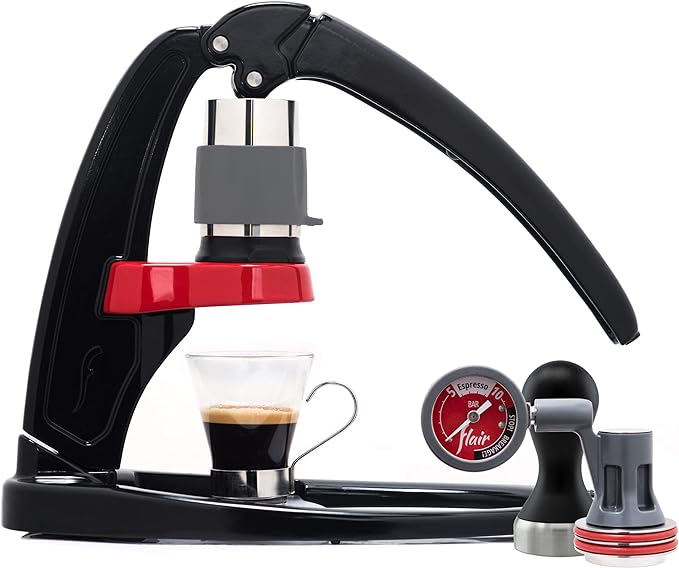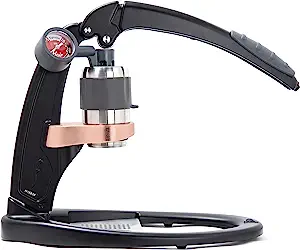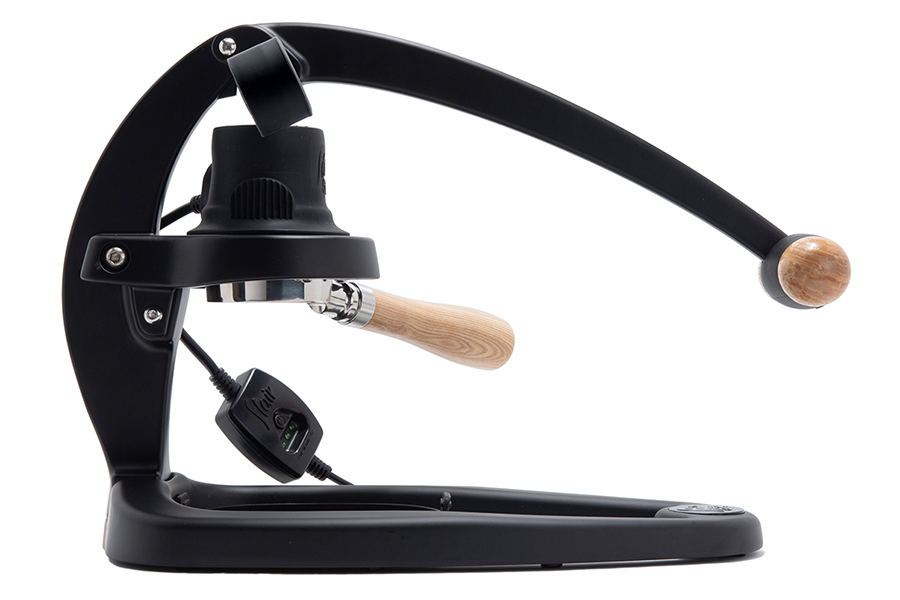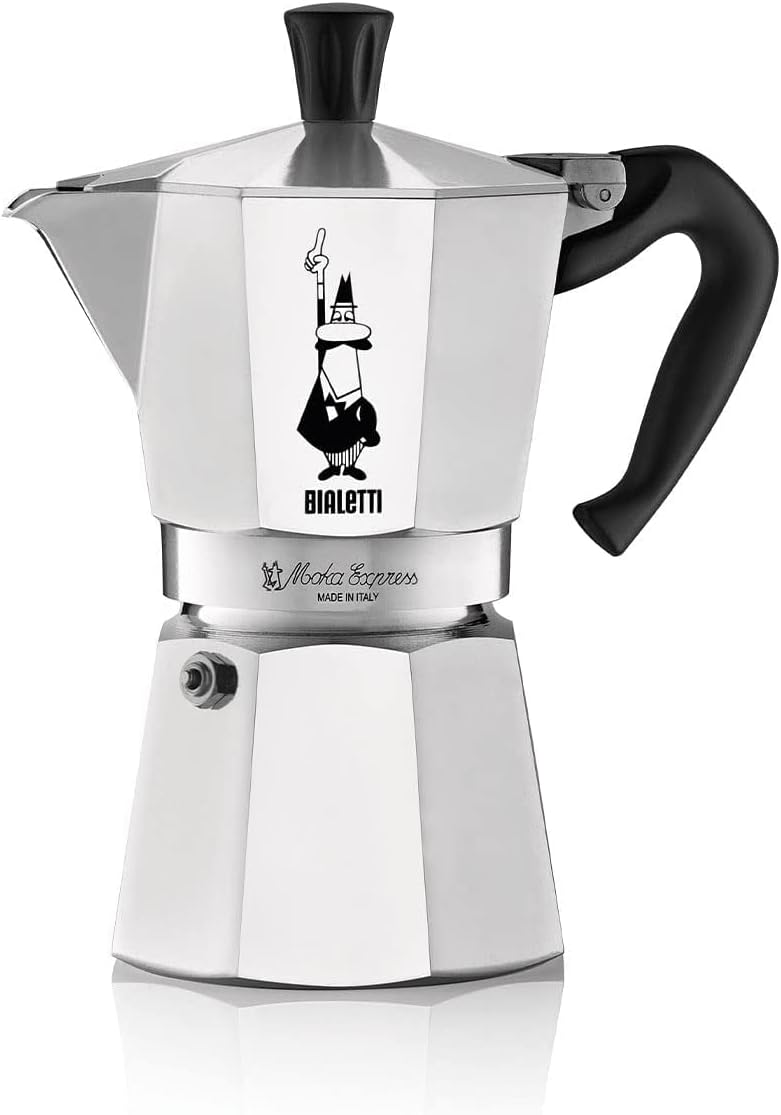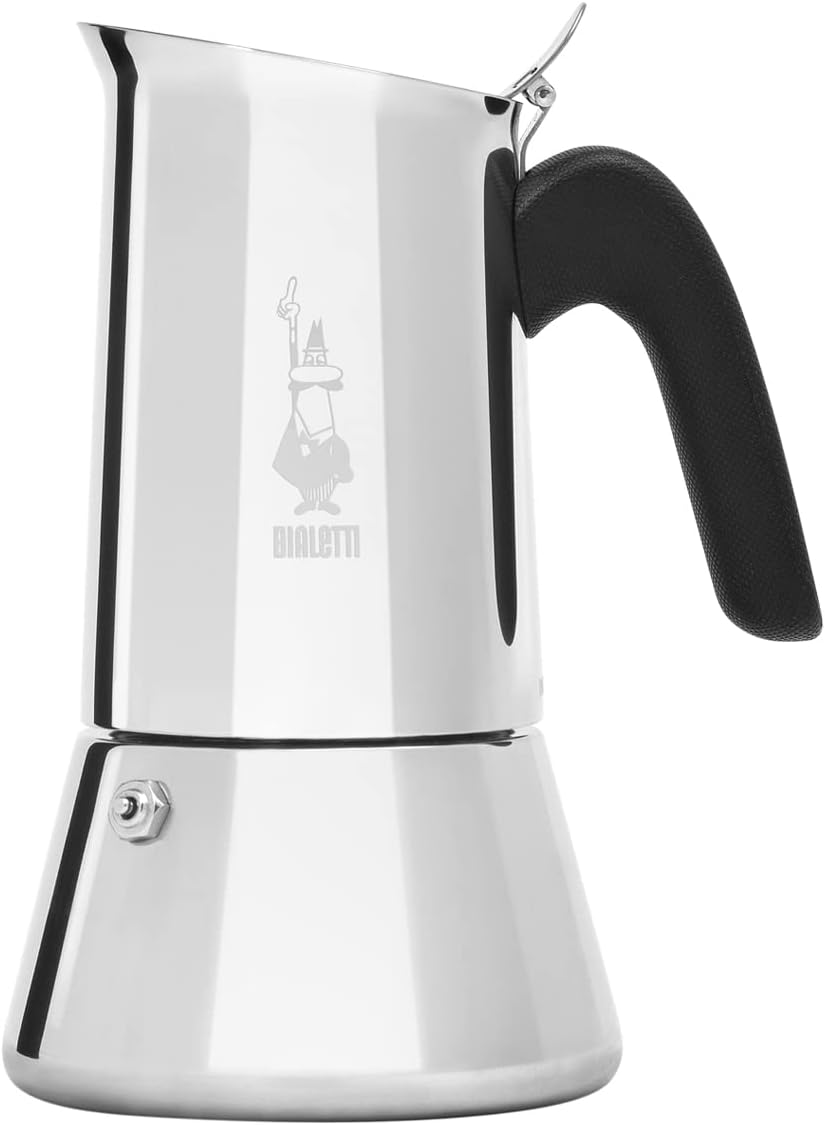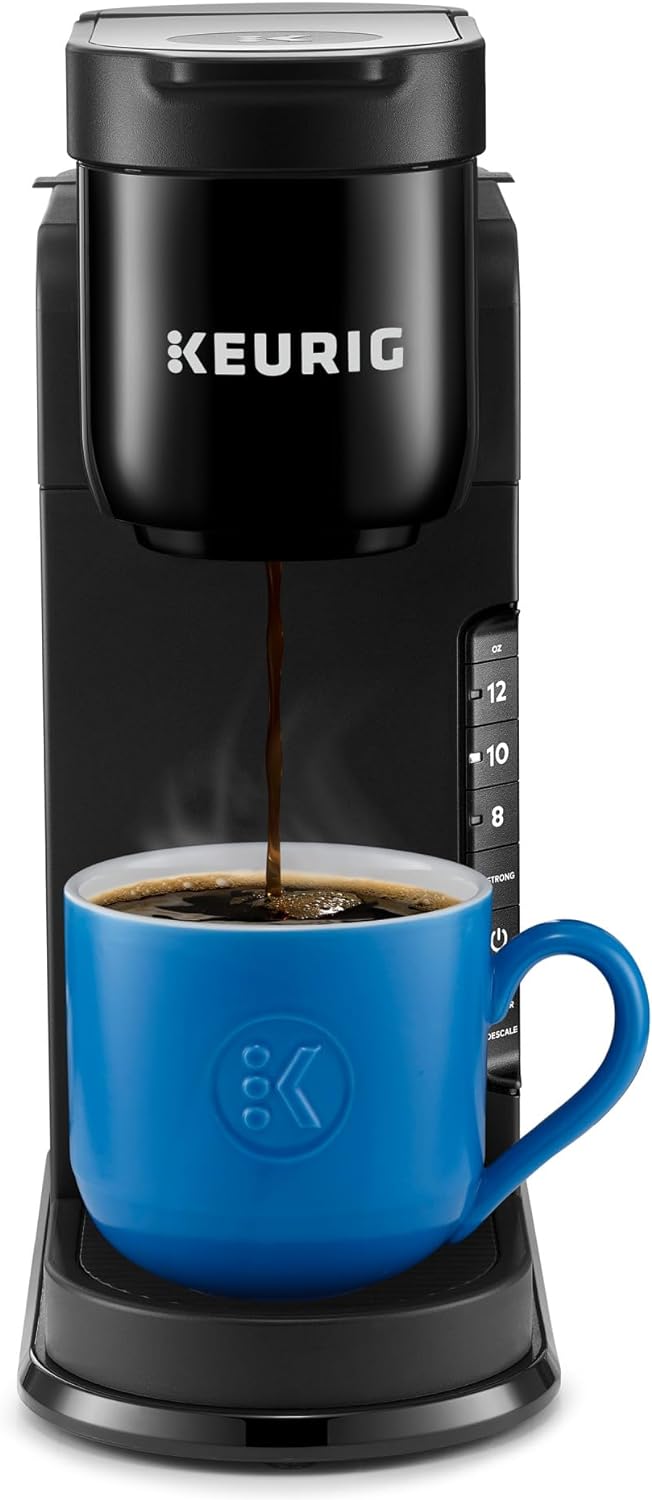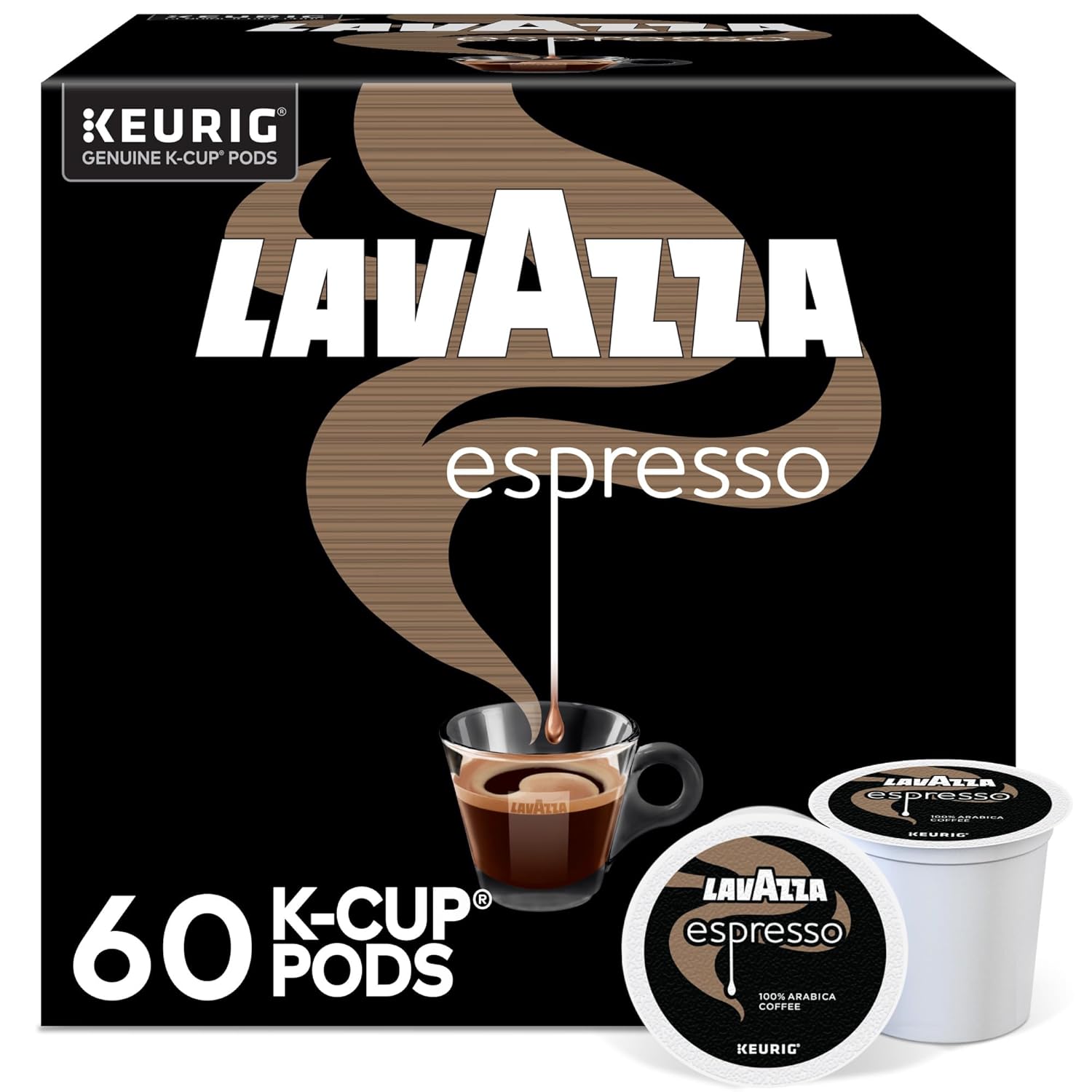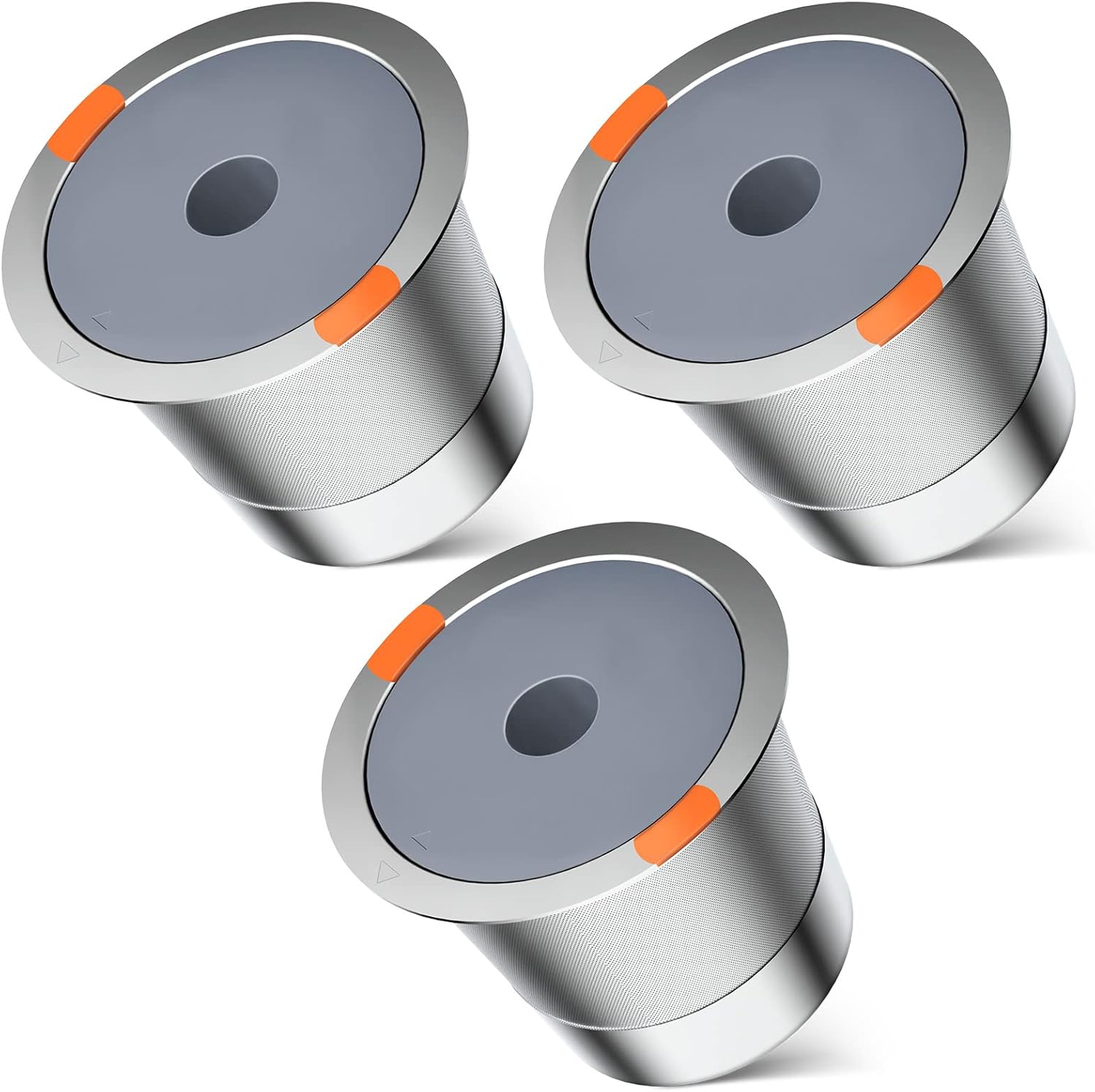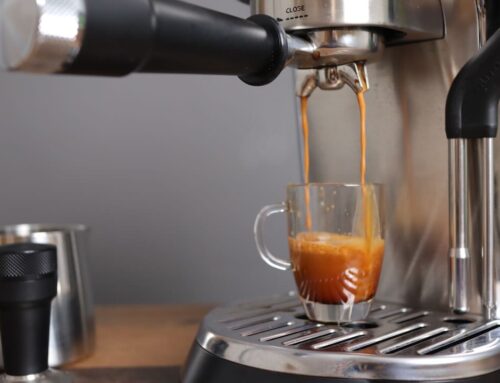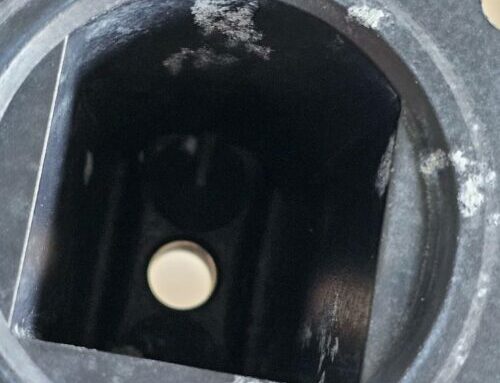Best Plastic Free Espresso Machines
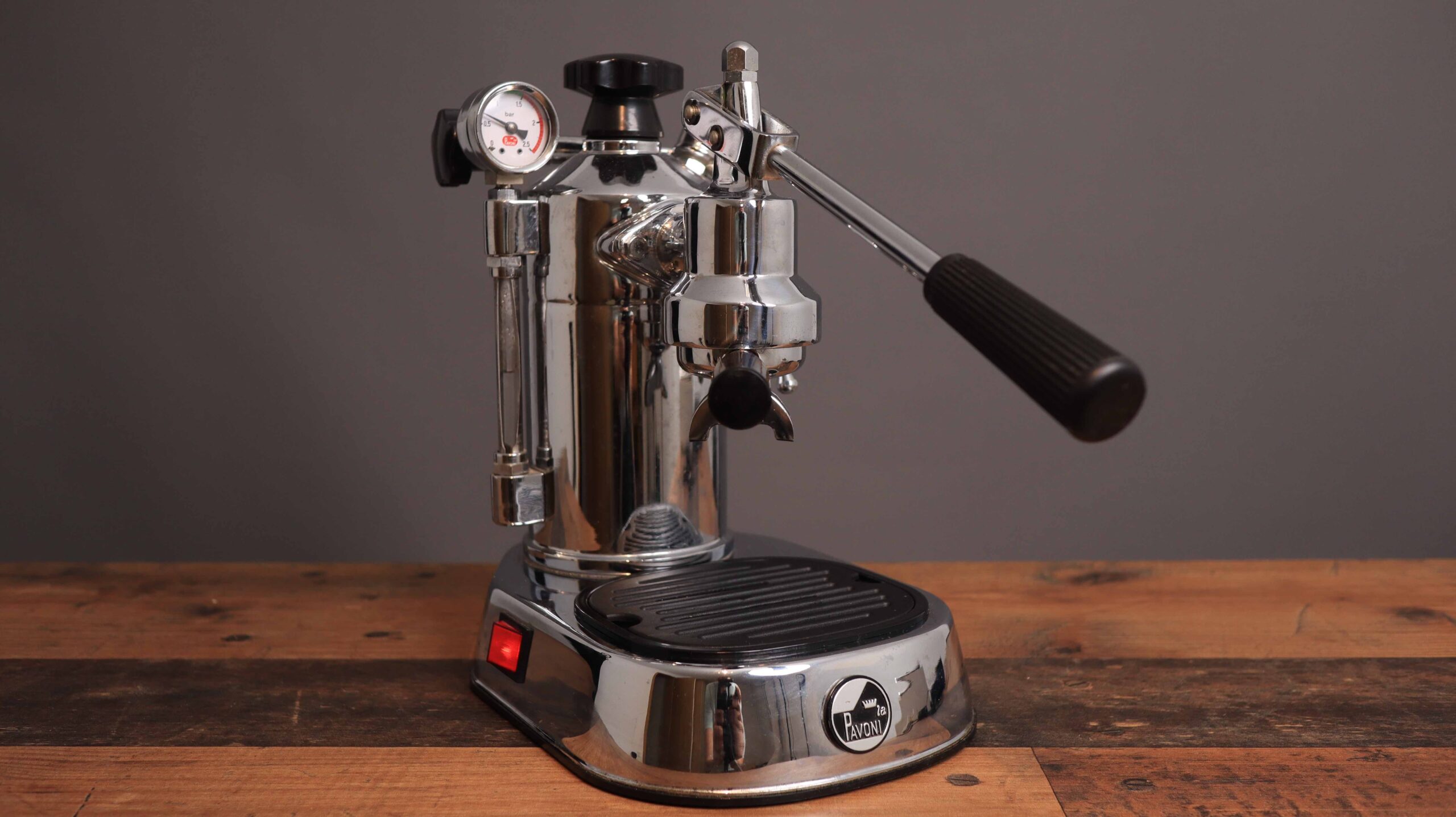
What are the best plastic free espresso machines?
The avoidance of plastic in espresso machines is a question I get on a weekly basis. People don’t want any plastic in their espresso or coffee machines, especially in the parts where hot water is located. So, that begs the question: are there any such machines that operate completely without plastic?
In order to tackle this question, let’s first look at different types of machines, and how they operate. Generally, we have pump driven machines, lever driven machines, and manual machines.
What are the best pump driven machines?
Vibratory pump driven espresso machines are at a disadvantage, because there are more parts involved than lever or manual machines:
- Plastic water tank
- Plastic or rubber tubing from the water tank to pump
- High pressure PTFE lines from the pump to the boiler
- Potentially more PTFE lines from the heater to the brew group (thermoblock machines)
In the end, pump driven machines tend to have a lot of plastic in use – especially if you’re using a thermoblock machine like the Delonghi Dedica or Breville Barista Express.
Really, the best pump driven machines are the ones that at least use metal tubing from where the water leaves the boiler, such as the Rancilio Silvia, ECM, Rocket, etc (see below). These are however more expensive Italian machines, so that must be kept in mind.
Also, pretty much ALL espresso and coffee machines have a plastic water resevoir. The Delonghi Dedica and Breville Bambino use a harder type of clear plastic, which is BPA free. Lelit and Rancilio on the other hand use a milky type plastic, kind of like a gallon of milk. Honestly, I prefer the hard plastic options from Delonghi or Breville here.
What’s inside a standard espresso machine?
Located below are pictures of the MiiCoffee Apex espresso machine. It has a stainless steel boiler, and a stainless steel lined thermoblock, but as you can see, it has a lot of plastic lines. There are soft plastic tubes going from the plastic water resevoir up to the pump, and from the pump, the high pressure lines are distributed to the boiler and thermoblock.
How does an Italian made machine look inside?
Take a look at the picture below. It shows the Rocket Giotto heat exchanger machine that I once had (I had to take it apart because it was leaking). Anyway, you will notice the plastic water tank on the left, but you’ll also see the copper tubing escorting the hot water from the boiler to the E61 brew group. As mentioned, at least with these machines, the hot water is handled in metal.
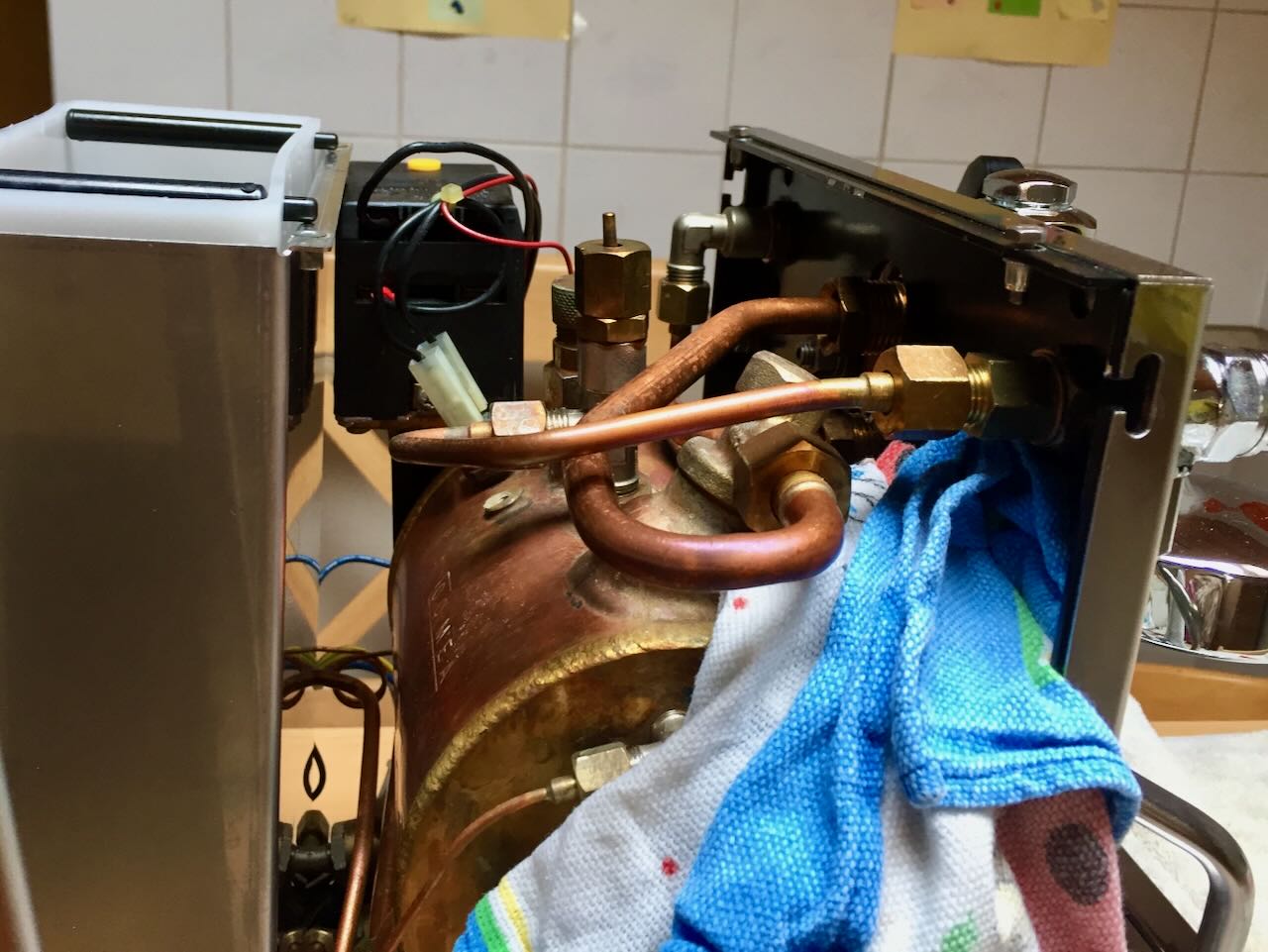
Copper boiler and hot water lines going to brew group and hot water spout
Ok, so which vibratory pump machines can be recommended?
So essentially, it seems the more expensive Italian-built and German-built machines use the least amount of plastic inside. Just the water tank, and the hose leading from the tank to the pump are the plastic parts still included.
Have a look below at some examples of espresso machines with less plastic involved:
Rancilio Silvia: a classic machine in many people’s households. Uses plastic for the water tank and tube to the pump, but hot water is handled with metal tubing.
ECM Puristika: a new gorgeous design from the German manufacturer ECM. It even includes a glass water tank, and the lines from the tank to the machine are braided steel.
Rocket Appartamento: possibly the most well known heat exchanger machine on the market. This is another handsome Italian design, that will include fewer plastic parts. It should just be the water tank and hose from teh tank to the pump, as shown in the Rocket Giotto photo above.
So what about lever machines?
Lever machines are really your safest bet in regards to lack of plastics. In fact, even the water resevoirs on the La Pavonis are made of metal, because they are simultaneously their boilers. So in the case of a La Pavoni, all the water touches is the boiler, the copper tube which goes from the boiler to the brew group, and then the metal parts which are inside the brew group.
To be fair however, there is a rubber gasket in the piston of the lever operated brew group. This is necessary for compression. But, other than this rubber gasket, there is no other non-metal part that touches water on the La Pavoni, except maybe for the cap, which is a combination of metal threads with a plastic turn handle. The cap is plastic to shield the user from the heat of the boiler.
La Pavoni
La Pavoni lever espresso machines are very popular, but I will admit that they are not easy to use. It will really take some time getting used to the machine to get a passable espresso. Make sure to grind finer than usual, and pay attention to the heat!
You can easily scorch and burn your espresso with these. Newer models are better with avoiding overheating. My 1997 model still heated the brew group with steam, which led to overheating after 10 minutes. This doesn’t happen anymore.
That being said, it’s a beautiful machine, that does not employ much non-metal parts, besides the necessary O rings and gaskets.
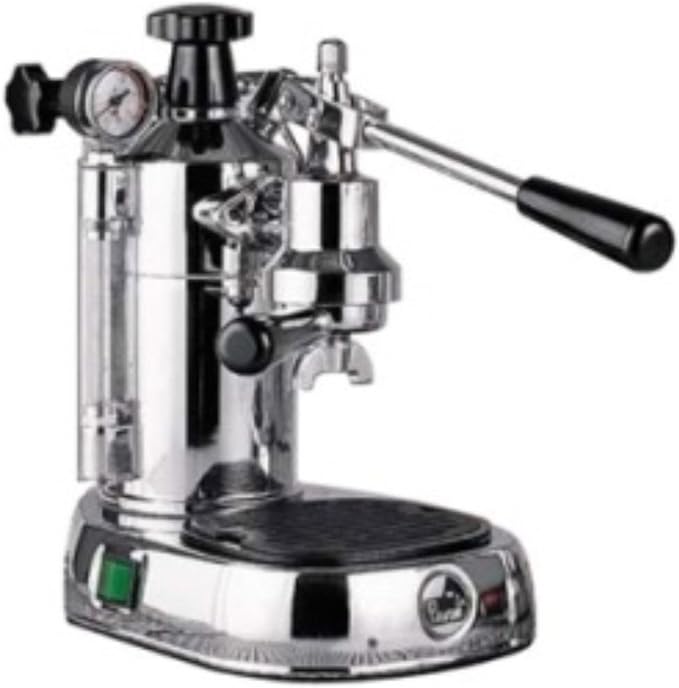
La Pavoni PC-16 Professional Espresso Machine
Flair
Flair is another manufacturer of lever espresso machines. They have found the sweet spot of offering the haptic feedback of the lever, at an affordable price. There are Flair espresso machines for every budget, from the Neo Flex at $100, up to the heated Flair 58 at $500.
Just keep in mind that all models will require you to heat the water. Besides that, you have to pre-heat their brew chambers. Even the new Pro 3 that touts a ‘no pre-heat’ chamber will still make tepid espresso if the chamber is not pre-heated. So far, just the Flair 58 includes an active heating element, which keeps the chamber at temperature, and helps stabilize the brew temperature when the hot water is added.
While the Flairs do employ a lot of metal, they do also use some plastic in the design, but certainly less than a traditional pump espresso machine.
Plastic parts remaining may include the polyacetal piston and the portafilters on the cheaper models.
Cafelat Robot
Another loved option for home espresso without plastic is the Cafelat Robot. This is another manually operated machine, without a pump, that uses two levers to plunge the water through the puck. The build is all aluminum and stainless steel according to their website, and completely plastic free. The only non-metal part listed on their website is the piston seal, which is FDA approved silicon.
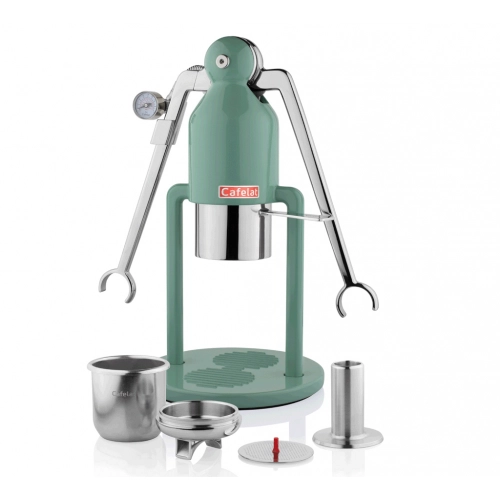
Cafelat Robot in Green
Bialetti Moka Express
While I wouldn’t exactly consider Bialetti an espresso machine, it does make really strong coffee, and it doesn’t employ any plastic. It is made solely from aluminum or stainless steel, and it has a rubber gasket. Well, the handle is plastic, but that’s it. The Bialetti is also super cheap, and pretty easy to use and maintain.
I do find the newer stainless steel Bialetti Venus to be quite a handsome brewer, and with its percolation stem, it seems to be a little quieter too. The Venus is made out of 18/10 food grade stainless steel, and has a silicone gasket inside.
Now, when choosing a Bialetti, you have to know what size to get. I have both of the above variants in ‘6-cup’ size, which is measured in single espresso cups. So what I actually get out is 3 double espresso cups, or about 210 grams of coffee in the cup.
Therefore, about 275 ml of water fits in the chamber, 25 grams of coffee powder is added to the basket, and the yield is about 210 grams of finished coffee. That gives a ratio of about 1:8. The 6 cup is enough for my wife and I to split. For a single person, I’d suggest the 4 cup.
What to really avoid?
It’s probably obvious, but the coffee type I’d most suggest to avoid are the Keurig coffee machines and their K-Cups. The coffee machines are mostly made of plastic, and their K-Cups are also made of plastic, as shown below.
I suppose, if you already have a Keurig, you could at least get some refillable stainless cups, shown on the lower right, which would cut out the plastic, and help the environment.
So what’s the verdict?
I know that many people want to avoid plastic in their espresso and coffee machines. I think it would be good too, but I am not willing to give up a machine with a proper steam wand and ergonomics for it. But let’s look at the pros and cons of aiming for a nearly plasticless machine:
Pros:
- No worries about plastic leaching into the drink
- Maybe a nicer build quality
- Peace of mind
Cons
- You’re very limited in which machine you can buy
- Very limited options in finding a machine without plastic that can steam milk.
- Machines without plastic are often more expensive than their counterparts.
Thank you for taking the time to read this article, and I hope it was helpful. Good luck finding your next espresso machine, hopefully with little to no plastic!
